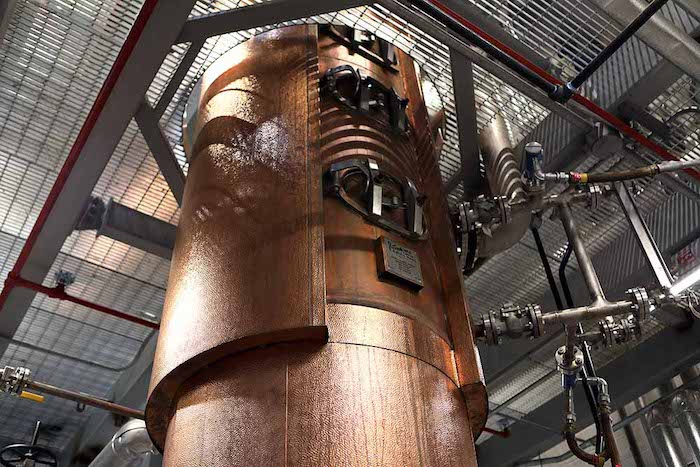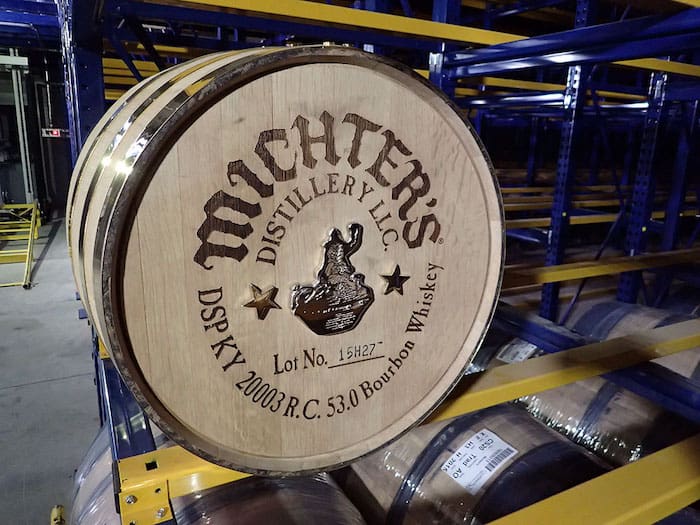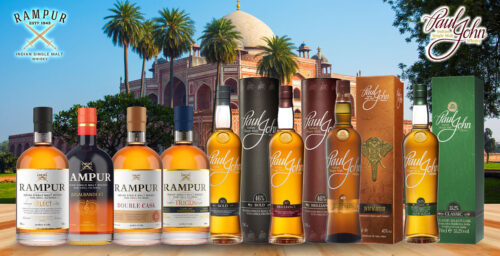We are in an amazing period of growth in American whiskey, the likes of which we haven’t seen in most people’s lifetime; not even Jimmy Russell’s lifetime. I’m not talking about craft distillers, or expansion of the established distillers. We’re actually seeing new medium and large-size distilleries being built. Since 2010, a dozen have either opened or will be opening soon.
That’s nothing short of seismic. Prior to 2010, the last major whiskey distillery to be built was the restoration of Woodford Reserve. Before that, I believe you have to go back to 1958, and the George Dickel distillery in Tennessee.
Some producers simply pulled the trigger on big plants and talented people, then either charged aggressively ahead or quietly released their product in a thirsty market. Some have embraced new technology, hoping to leapfrog over the competition.
And some, like the three distillers I’m looking at in this piece, built their brand before they built their distillery, selecting stock or setting parameters for production at other distilleries. Now these three – WhistlePig, Michter’s, and Bulleit – are online and producing (the first two for about two years, Bulleit just now), and they’re faced with the job of transitioning from non-distiller producer to bringing their own make to market.

Michter’s
Michter’s president Joe Magliocco says there were three phases in making their whiskey. “We sourced Kentucky rye and bourbon of a style that we really liked. We had nothing to do with the production of this Phase 1 whiskey,” he notes. Phase 2 stepped up to contracting production at a Kentucky distillery to Michter’s full specifications: yeast, mashbill, entry proof, toast/char specs for barrels, etc. Phase 3 is production to those sames specs at their own distillery in Shively, Kentucky; none has been released yet.
Phases 2 and 3 were closely connected. “Before we started to barrel the Phase 3 white dog,” Joe explains, “we made sure that it was on target with our Phase 2 distillate according to two tests: the chemical analysis done on our in-house gas chromatograph and mass spectrometer, and the organoleptic analysis by our trained tasting panel members.”
WhistlePig
WhistlePig has had a sometimes rocky path to acceptance, with snarky accusations of deception about the source of their whiskey. They learned their lesson quickly, and dialed up the transparency even more when they opened their distillery in July of 2015, on a farm near Shoreham, Vermont. Their new release, Farmstock Whiskey, clearly says where everything comes from: 20% of their own make 1.5 to 2 year old, 49% 5 year old from Alberta Distillers (finished in WhistlePig’s Vermont oak), and 31% 12 year old MGPI stock. Admirably open.
Every brand needs an edge, and WhistlePig’s is their Triple Terroir concept: whiskey made from rye grown on their farm, mashed and proofed with water from their well, and aged in barrels made from oaks cut on the farm. “That’s where we’re a world leader,” states founder Raj Bhakta. “I don’t know anyone else in the world that has a triple terroir whiskey product. You can’t out-craft us!”

Bhakta also says that they “absolutely” intend to continue with the core “deep aged” 10, 12, and 15 year old sourced WhistlePig whiskeys. “We’re not going to mess around with a successful product,” he assures me.
Bulleit
And Bulleit? Diageo built the brand from nothing to a nationally familiar and respected brand without a distillery (recently using the old Stitzel-Weller distillery as a brand ‘home’ for Bulleit), and finally built the new facility about an hour east of Louisville, where there’s room to grow in the future.
Pauline Rooney, vice-president of distilling for Diageo NA, has this to say about the transition from bought-in whiskey to own-make. “As we transition to whiskey distilled at the Bulleit Distilling Co., we will be mingling our inventories such that the quality of Bulleit remains consistent. We’ll use the inventories we have when they’re ready. We’re incredibly confident in our supply plans and expect Bulleit sales to continue to increase for years to come, based on the tremendous growth we’ve experienced recently. The new distillery will help us to meet this growing demand.”
That brings up the other side of this phenomenon: what does it mean for the industry, and will there be demand to meet this new supply? Raj Bhakta was characteristically bold. “We have made a big bet that people are going to continue to be interested in trying the best whiskeys. We’re all in.
“I do think it’s very possible that there is going to be a shakeout in the middle of the field,” he adds, noting that Michter’s and Bulleit, like WhistlePig, are solidly established brands.
“We believe that the growth prospects for Michter’s are very good,” Joe Magliocco agrees. He sees potential for the greater American whiskey industry, for “continued strong growth both domestically and abroad, where bourbon’s market share is small relative to some other types of spirits.”
Big bets, big dreams, big distilleries. That’s the state of the American whiskey industry, summed up by three bottlers who have gone all in to become makers.








